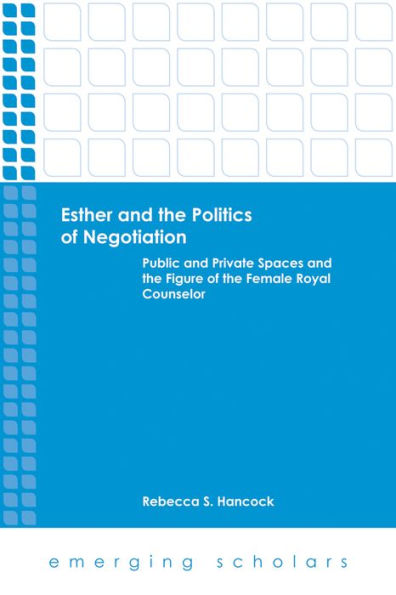Attention to the narrative of Esther and comparison with Hellenistic and Persian historiography depicting “wise women” acting in royal contexts reveals that Esther is in fact representative of a wider tradition. Women could participate in political life structured along familial and kinship lines. Further, Hancock’s demonstration qualifies the bifurcation of “public” (male-dominated) and “private” (female-dominated) space in the ancient Near East.
Attention to the narrative of Esther and comparison with Hellenistic and Persian historiography depicting “wise women” acting in royal contexts reveals that Esther is in fact representative of a wider tradition. Women could participate in political life structured along familial and kinship lines. Further, Hancock’s demonstration qualifies the bifurcation of “public” (male-dominated) and “private” (female-dominated) space in the ancient Near East.

Esther and the Politics of Negotiation: Public and Private Spaces and the Figure of the Female Royal Counselor
192
Esther and the Politics of Negotiation: Public and Private Spaces and the Figure of the Female Royal Counselor
192Related collections and offers

Product Details
| ISBN-13: | 9781451469868 |
|---|---|
| Publisher: | Augsburg Fortress, Publishers |
| Publication date: | 09/01/2013 |
| Series: | Emerging Scholars |
| Sold by: | Barnes & Noble |
| Format: | eBook |
| Pages: | 192 |
| File size: | 321 KB |
